I am mostly "destined" to write investigative articles about illegal loggers, sand thieves, land thieves, businesses that discharge waste causing environmental pollution and some other topics that are strongly reflective. Every journalistic work I write about these topics, more or less, has dangerous situations during the process of working, like the story of lying in the forest I tell below.
Lost in the green forest
For some sensitive reasons related to the story, I do not mention my real name in the article, I hope readers understand. I have worked at Tay Ninh Newspaper since 2015, up to now, I have 9 years of experience working as a journalist in my home province (from 2008 to the end of 2014, I worked as a journalist in Ho Chi Minh City).
Remember, in November 2017, Tay Ninh Newspaper published an article “Illegal loggers rampage in Dau Tieng protective forest: An elephant goes through the eye of a needle”. The article reflected the situation of Dau Tieng lake protective forest being regularly destroyed by illegal loggers, specifically at some points in sub-regions 58 and 59, Suoi Ba Chiem hamlet, Tan Hoa commune, Tan Chau district. It is worth mentioning that the act of stealing forest trees at that time was increasingly rampant, even near the area with forest protection posts.
After receiving information from local people about the above deforestation situation, I immediately set out to find Dau Tieng protective forest. To carry out this topic, I had to spend 2 days and 1 night in the forest.
The author is on his way across the stream to Dau Tieng protective forest (photo taken by locals before entering the forest)
The locations where trees were lost were far apart, and the informants did not want to accompany reporters for fear of the consequences. The people simply drew a map by hand on a piece of student paper, marking the locations for reporters to follow and then go on their own.
On the first day, I drove to the forest at around 1pm. I pretended to be a local bee hunter and ran around the forest to find the spots that the locals had marked off. Because I was not familiar with the area, I got lost in the forest for hours without finding a way out. The forest path was winding, with many branches that forked like a fish bone, each branch was 2-3km long. It took me a long time to run to the dead ends and then turn back, breaking tree branches to mark the path to avoid repeating the old path.
An important situation that I missed when planning the operation was that there was no phone signal in the forest, so I couldn’t ask for help from the locals when something happened. Being lost in the forest for too long was really unsettling, while every minute that passed in the forest became darker and quieter, and my mind became somewhat confused.
In fact, that hand-drawn map is only effective for people familiar with the terrain, but for me, a newcomer to the forest, all paths look the same, with the vast canopy of trees overhead, zoning is useless.
While getting lost, I accidentally discovered some spots where trees had been cut down. The signs of the loggers cutting down the trees were still fresh, and since it was the target I was looking for, I took the opportunity to take pictures and worked until it was completely dark. At that time, I thought to myself that I still couldn’t find a way out even in the morning, let alone in the dark. If I kept trying to find a way out, it would be like putting myself in a difficult situation, especially when the car was almost out of gas. So, I decided to push the car about 30m away from the trail, hang a hammock and mosquito net and spend the night in the forest.
The car's brake pedal was broken due to a tree stump, so the reporter used a vine from the forest to temporarily tie it up.
That night, I was exhausted, only able to eat a pack of dry noodles and drink half a bottle of mineral water that I had prepared in my drawstring bag (no backpack because it would be easy to see). Even though I was very tired, I could not sleep, lying in a hammock in the middle of the forest listening to the green snakes whistling, termites and ants crawling on the leaves under the hammock, the shrill cry of owls in the quiet space, along with many other typical sounds of the vast green forest.
Responding to illegal loggers
It was almost 5am, I had just dozed off for a while, suddenly there were many motorbikes driving into the place where the shack had been cut down earlier, it was around 6am.
I immediately got up, rolled up the hammock, led the bike to the side of the trail and parked it in a hidden place, turned the bike towards the beginning of the road, and sat observing the situation in very limited visibility due to the many trees blocking the view.
At around 7 o’clock, I groped my way closer to the spot where the loggers were using electric saws to segment the previously felled trees. At that time, I was also using a small portable camera, the kind used for traveling , that my colleague lent me. The resolution and zoom range of this camera were very limited. So, I was forced to get closer to the loggers.
When we reached a reasonable distance, I was about to take my camera out of my bag to take a picture, but suddenly I had a change of heart. Since I observed that there were 4 motorbikes parked nearby but only 3 people sawing trees, there would definitely be more people in this group, so I continued to sit and observe.
However, I waited for about 10 minutes and still no one appeared. Impatient, I decided to use my phone to record. I did not use a camera in this case because it would be easier to react if someone discovered me, especially if I was being cautious about the absent person.
A type of disguise as a professional bee catcher in the forest
As expected, I was struggling to find an angle to avoid obstacles in front of the phone camera when I heard light footsteps stepping on dry leaves coming from behind me. A man's voice slowly said: "What are you filming?".
Immediately, I knew I was exposed, in a situation where I had “accidentally climbed on the tiger’s back”, I could only hope for my role. I decided to focus on lowering the height of the phone camera to near the ground, not turning back to look at the man, gently panning the camera to the termite mound right in front of me and saying loudly: “shut up, shut up, I’m filming the cobra that just crawled into the cave under the termite mound, let the guys who were catching bees watch the video and dig again, they’re nearby”.
After saying that, I still didn't turn back to look at the man, walked straight to the termite mound, gathered some leaves and rolled them up to stuff the mouse holes around the termite mound, then turned back to look at the person standing behind me.
This man was tall, dark-skinned, about 50 years old, holding a large-bladed machete used to cut down trees in the forest. I quickly asked: "Are there any good stumps (slang used by people in the forest clearing profession, meaning large and valuable trees) at this time?". The man hesitated and did not have time to answer, so I took a pack of cigarettes from my pocket and offered him one. He accepted the cigarette and replied: "There are only a few small rosewood stumps left in this forest now."
The man lit a cigarette, three people were sawing trees nearby, heard people talking and immediately gathered around where I was standing. The man holding the machete glanced at his comrades and said: "You guys go catch bees, take a break, have a drink and then continue."
After talking with these people for a while, I learned more about the issues related to where the stolen trees would be sold, how to get the trees out of the forest safely, etc. To avoid falling into the situation of “long nights, many dreams”, I pretended to invite some friends to catch bees and dig snakes (the truth was that I was the only one who got lost here), and conveniently asked for directions out of the forest. “This morning, did you guys go from Dau Tieng Lake up here or from Suoi Ba Chiem? I took a boat from the lake so it was a bit far” - I asked in a blunt way.
Someone in the group replied: “When we get back, just follow our tire tracks to get to the residential area of Suoi Ba Chiem Hamlet.” Indeed, this was the sentence that I needed in the situation of being lost in the forest for a day and a night. I immediately returned to get my bike where it was hidden, and followed the path with the tire tracks of the loggers. About 40 minutes later, I was able to get to the residential area of Suoi Ba Chiem Hamlet, and I was extremely happy.
After the newspaper published, many cases of deforestation were discovered and handled by the authorities. From then on, I began to have a relationship with this forest.
Ming Dynasty
(to be continued)
Source: https://baotayninh.vn/ky-1-nam-rung-a174390.html


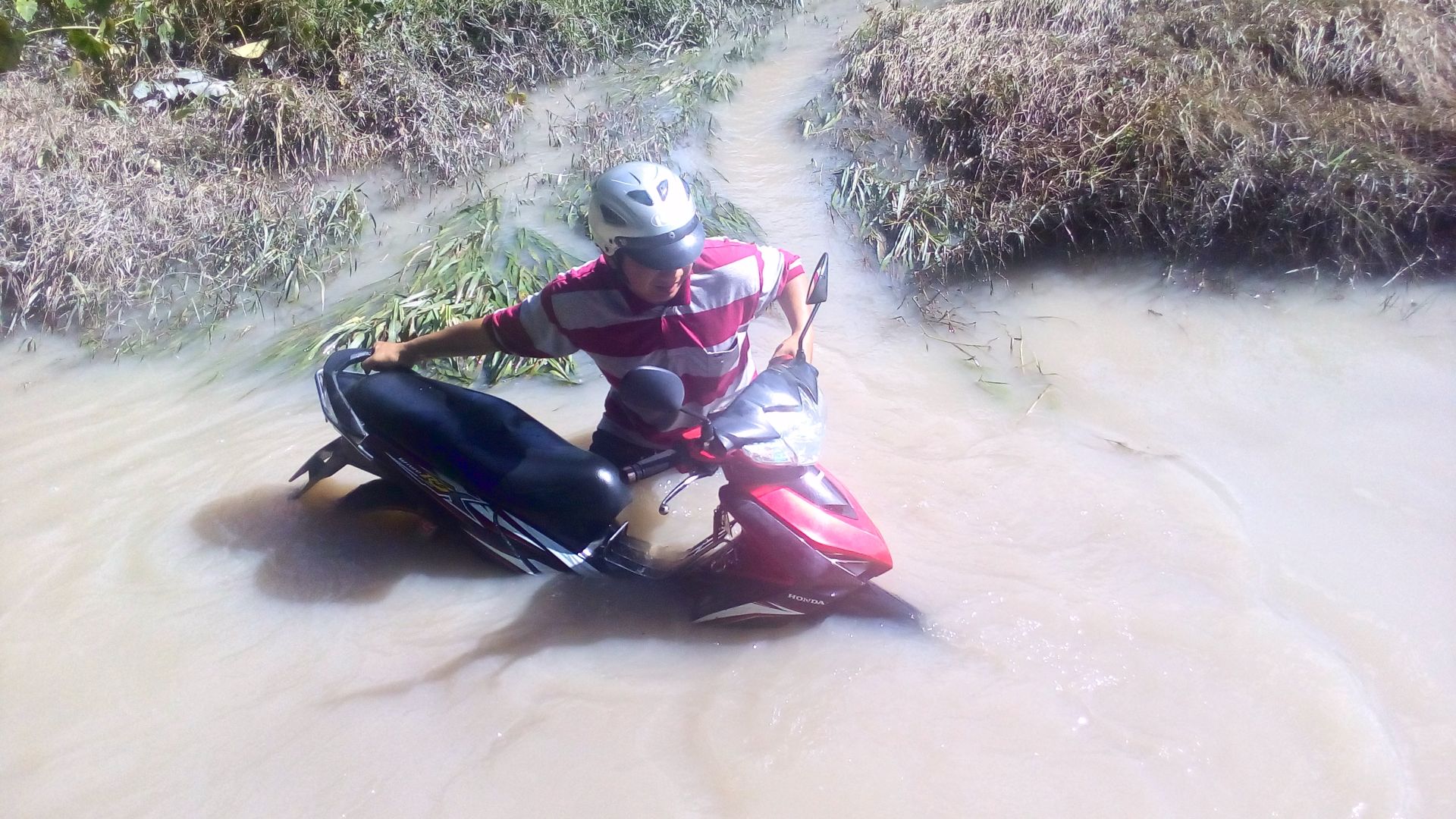
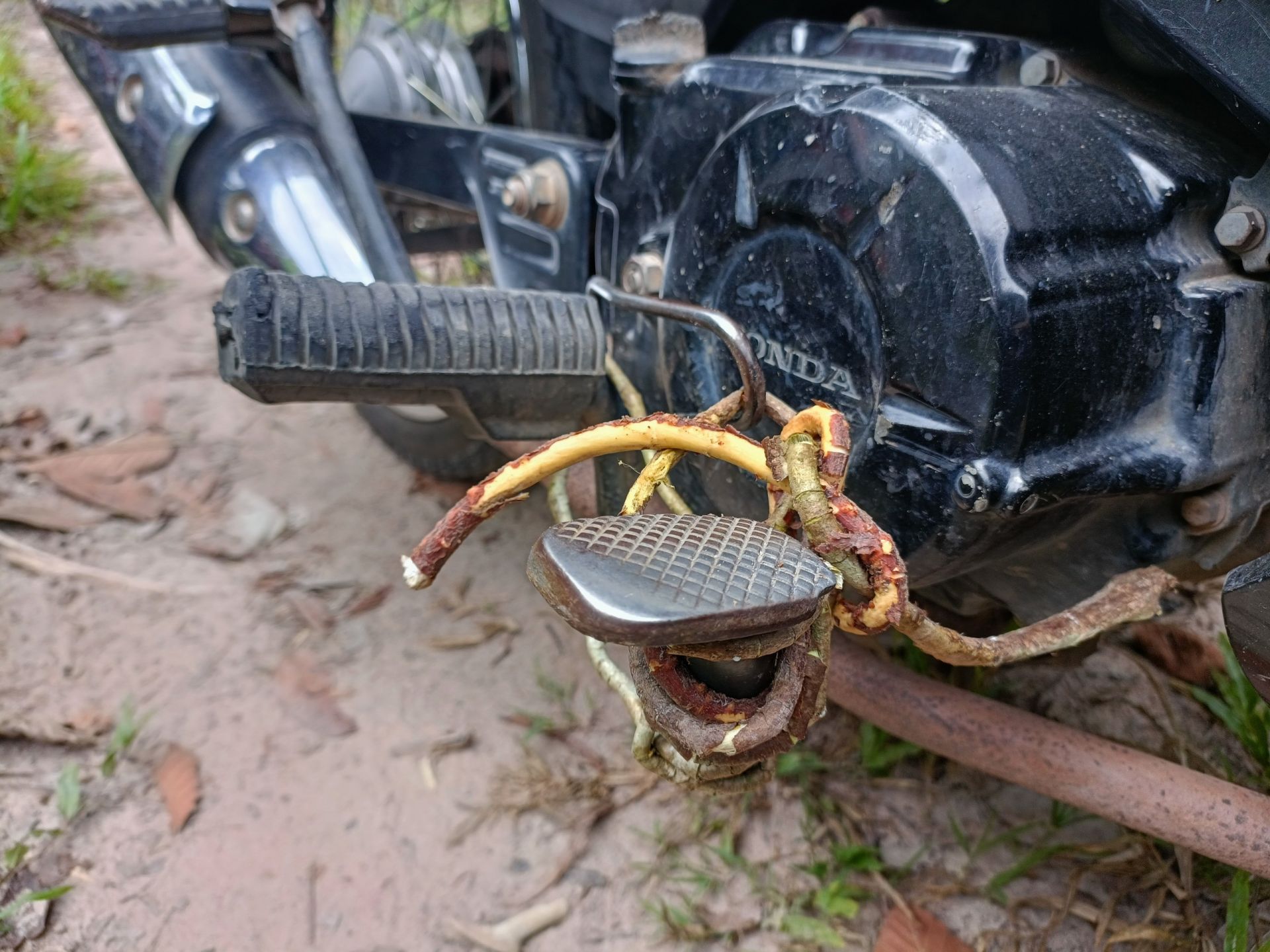
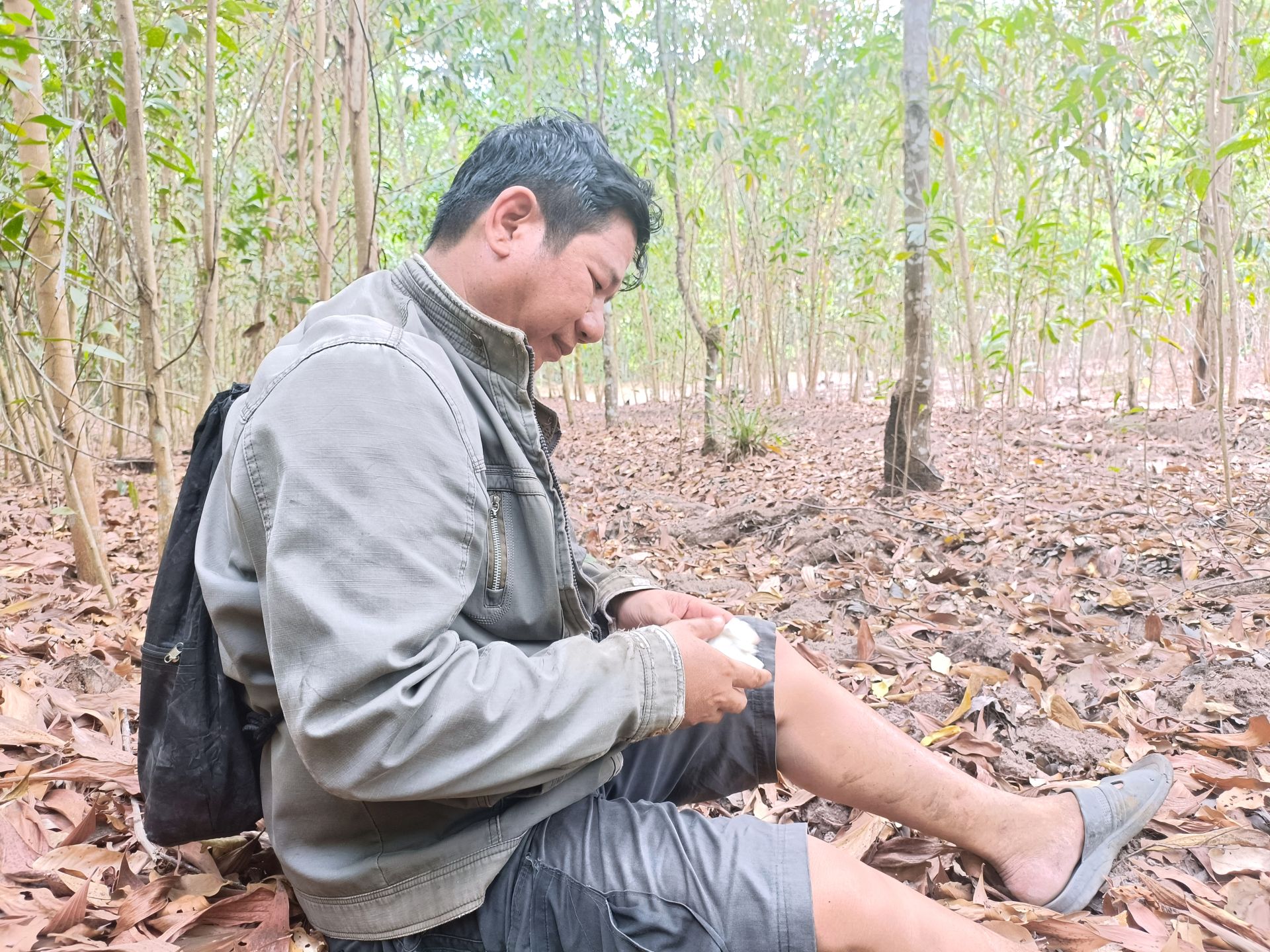
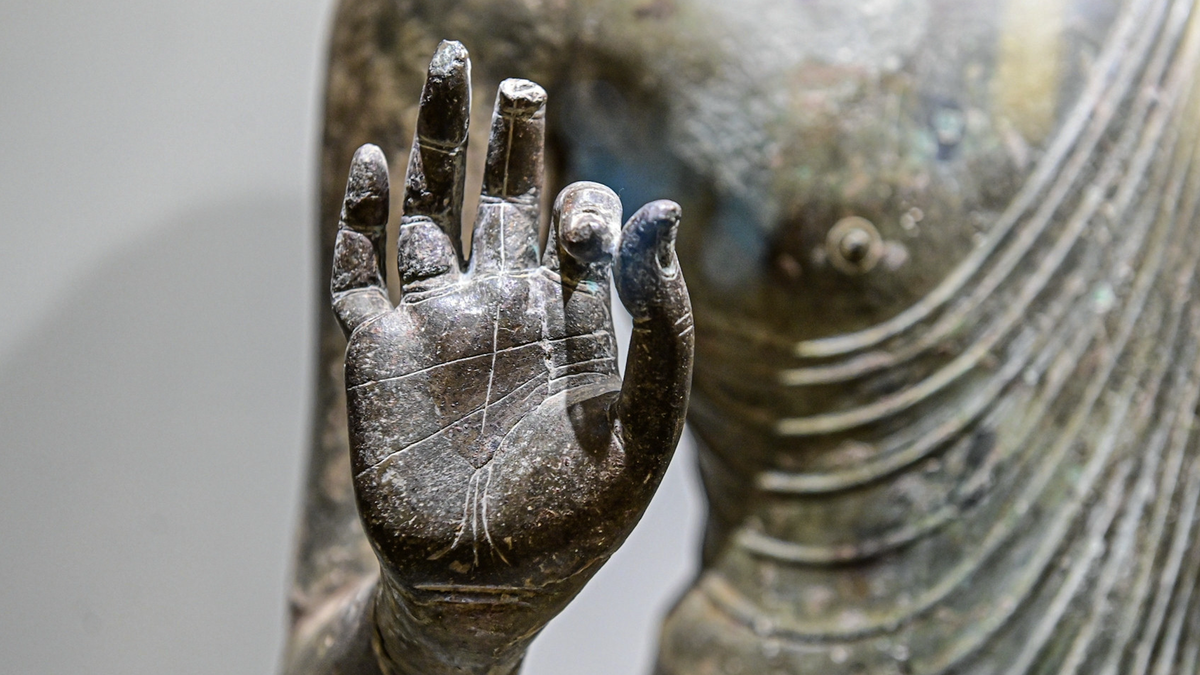





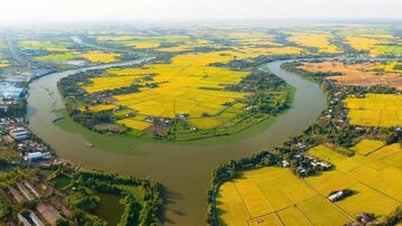












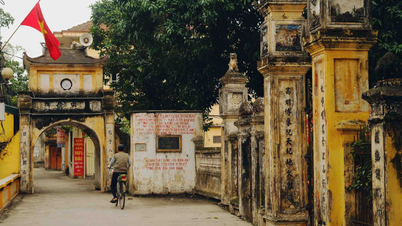
















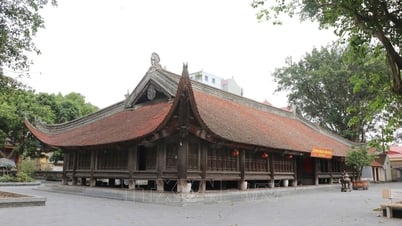







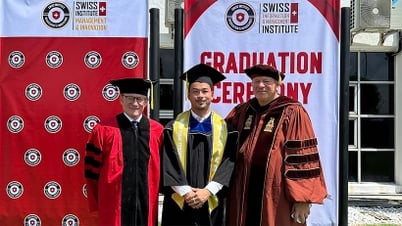




















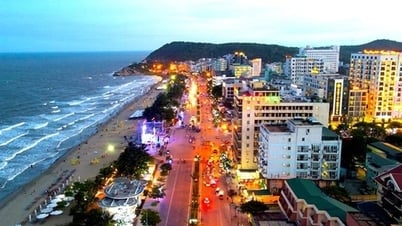








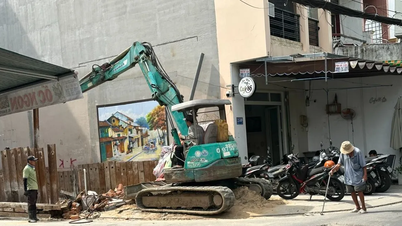








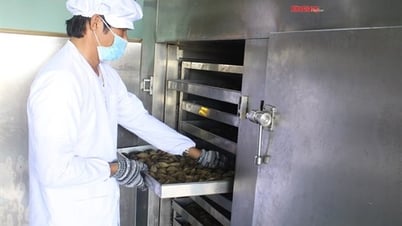









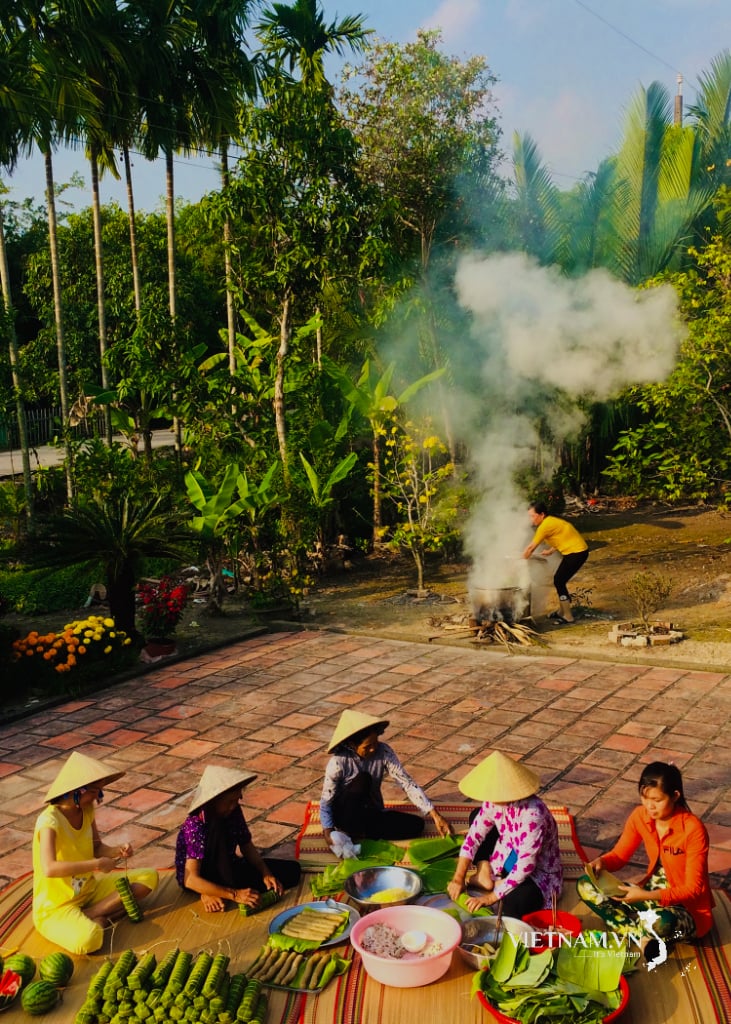

Comment (0)